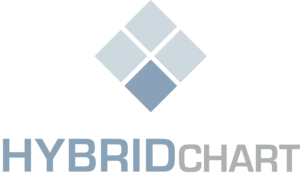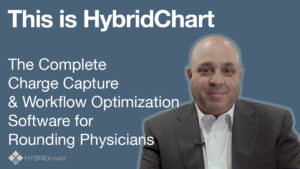In the age of big data, an influx of information is now available. Healthcare administrators now have to handle not just electronic health records (EHRs), but also data from mobile apps, health wearables and even social media. That’s why it pays to know what to do with such a vast amount of information.
So with that in mind, here are some of the dos and don’ts of data management to get you up to speed.
Do encrypt your data
Administrators have to deal with two main types of data, namely data-in-motion and data-at-rest. The former refers to data that moves from one location to another through a network. It is considered as more vulnerable due to the frequency of data exchange. CEO of CynergisTek Mac McMillan emphasizes the importance of encrypting and said, “there are a lot of folks who don’t encrypt data internally. If not encrypting your data internally is a failure or makes you irresponsible, then we have a whole lot of people in healthcare who are irresponsible, not just these guys.” Healthcare is at the top of the list when it comes to potential cybercrime targets, which means encrypting data should be prioritized above everything else.
However, it’s important to be mindful of encrypting everything, including data-at-rest. This refers to data not often accessed and remains in physical drives, which will require certain steps to pull out (e.g. passwords). Encryption can impact performance in terms of response time. It is best to encrypt selected data rather than the whole drive.
Consolidate your data channels
Many healthcare institutions are archaic in the sense that their processes remain fragmented. While institutions have come a long way from paper records, most data channels are disconnected and data flow is affected. This often leads to redundant care and data. In HybridChart’s previous post about information mismanagement, we gave the example of patients having an outpatient MRI on Tuesday, being admitted to the hospital the next day, then having another MRI the day after. This happens when there is a lack in coordination between the channels. A study published on NCBI indicates that the process becomes even more complicated once you involve payment, public government records, and other sources of data outside your administrative jurisdiction.
The simplest solution is to stack a primary data channel that will consolidate all of your sub-channels. This will include EHRs, patient data from other possible sources, and your management tools. This way, all data can be seen via a single consolidated source. This is exactly what the HybridChart EVOLVE solution aims to do by interfacing with your existing systems.
Improve your data collection and quality
A small amount of data is hard to analyze, while poor quality data reduces the accuracy of the analysis. The Agency for Healthcare Research and Quality suggests developing a “hierarchy of accuracy” that can help in resolving conflicts in data. Take for example self-report vs. observer report. A patient may answer questions or report symptoms, and a guardian/attendant can also do the same based on what they have observed. In this scenario, self-report is more accurate.
A more advanced alternative would be to adopt blockchain-based data verification methods in place of third-party verification. Tools such as HybridChart’s census and discharge management and charge capture can also assist in collating accurate patient information from admission to discharge.

Don’t stick to a single perspective
The industry is currently on the cusp of a technological shift. In addition to big data, innovations such as artificial intelligence and machine learning are already out for widespread adoption. As a health administrator, you should always be on the lookout for fresh perspectives on data management. For instance, data analysis is usually done independently from data collection, which means the processes are undertaken by two different parties. But as machine learning becomes more sophisticated, interconnected collection and analysis data flows are on the horizon.
More importantly, changes in human resources will bring more challenges to data management. Maryville University’s overview of the healthcare administration industry shows that job growth in the sector is expected to grow by 17% from 2014 to 2024. More professionals will be needed as patients and clients increase in number. That means administrators will have significantly more data and people to deal with on a daily basis. In order to make data management for healthcare fit for this generation’s needs, you need to keep an open mind when it comes to opportunities and perspectives that go against the norm.
Don’t do too many things at once
Incorporating new data management processes is vital, but it’s important to remember to be careful when overhauling your current infrastructure. To ensure consistency when undergoing changes, take your time and do it piece by piece. Gartner’s VP of Research Whit Andrews stated on Analytics Magazine, “In general, it’s best to start AI projects with a small scope and aim for ‘soft’ outcomes, such as process improvements, customer satisfaction or financial benchmarking.” In doing so, there’s less risk in losing data and resources if an overhaul doesn’t pan out as expected.
Data management is not an easy job, but with the proper tools and the right approach, you can make it a lot easier. Try HybridChart’s rounding and workflow efficiency solution and take advantage of our cutting-edge technology.
The article was written by Gigi Streel for hybridchart.com
Less stress, more money through charge capture automation,
and more time in your day.
At HybridChart, we provide technology that connects your healthcare team, increases efficiencies, AND improves your bottom line. HybridChart’s cloud-based software adapts to your practice’s unique workflow and will improve your profitability and patient outcomes by utilizing our 5 features: census management, charge capture, secure messaging, discharge management, and data analytics.
NEVER miss another charge and get PAID for the work you do!








